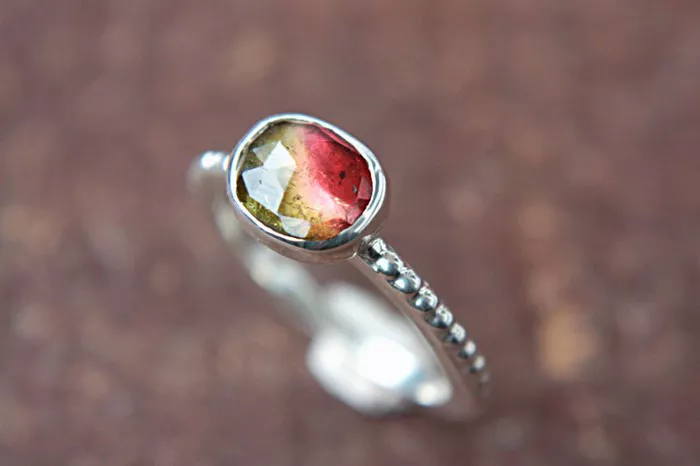Opals, the enchanting birthstone of October, have long held the fascination of admirers with their kaleidoscopic allure. A&S Opals defines opals as “amorphous mineraloids comprised of hydrated silicon dioxide,” making them highly coveted gemstones that have captivated individuals for millennia.
Widely recognized as both lucky and unlucky, depending on interpretation and myth, opals, in their black, white, fire, boulder, or crystal forms, exude astonishing beauty. While naturally occurring in sedimentary and igneous environments worldwide, including Brazil, Mexico, Honduras, Australia, and the Western U.S., opals have also found their way into laboratories, sparking discussions about the similarities, differences, and pros and cons of synthetic versus natural opals.
Understanding the Opal Spectrum: Natural, Lab-Created, Synthetic, and Imitation
1. Natural Opals: These gemstones remain untouched in their natural state, solely cut and polished for enhancement, as per Opal Minded and Australian Opal Shop.
2. Synthetic Opals: Genuine opals created in a lab, possessing the same properties as their natural counterparts, according to the International Gem Society. The Gemological Institute of America (GIA) notes the Gilson Company’s revolutionary three-step process from the 1970s for crafting resin-free synthetic opals.
3. Lab-Created Opals: Simply an alternative term for synthetic opals, indicating they were artificially produced in a laboratory.
4. Imitation Opals: Comprising resin or glass, these are considered entirely “fake” opals, differing substantially from natural or lab-created opals.
Spot the Difference: Lab-Created vs. Natural Opals
Distinguishing between lab-created and natural opals can be challenging, as Opal Minded points out. Many lab opals share virtually identical chemical, physical, and discernible characteristics with their naturally occurring counterparts. However, some labs may modify opals’ chemical structures with additional compounds, as noted by Australia’s Masterpiece Jewellery Opals and Gems.
Durability Debate: Synthetic Opals vs. Natural Opals
Natural opals rank at 5.5 to 6.5 on the Mohs hardness scale, making them susceptible to scratches and breakage. In contrast, the hardness of synthetic or lab-created opals varies, with some claiming greater durability due to being denser and containing less water, according to BlackTreeLab. However, Opals Down Under challenges this notion, asserting that synthetic opals are not stronger than natural Australian opals and are, in fact, more flexible.
Ultimately, the choice between synthetic and natural opals boils down to personal preference and budget considerations. While synthetic and lab-created opals offer a more affordable alternative, the allure of owning a naturally occurring rainbow stone remains unparalleled. For those opting for the natural route, ethical sourcing becomes paramount in the pursuit of this radiant gem.


